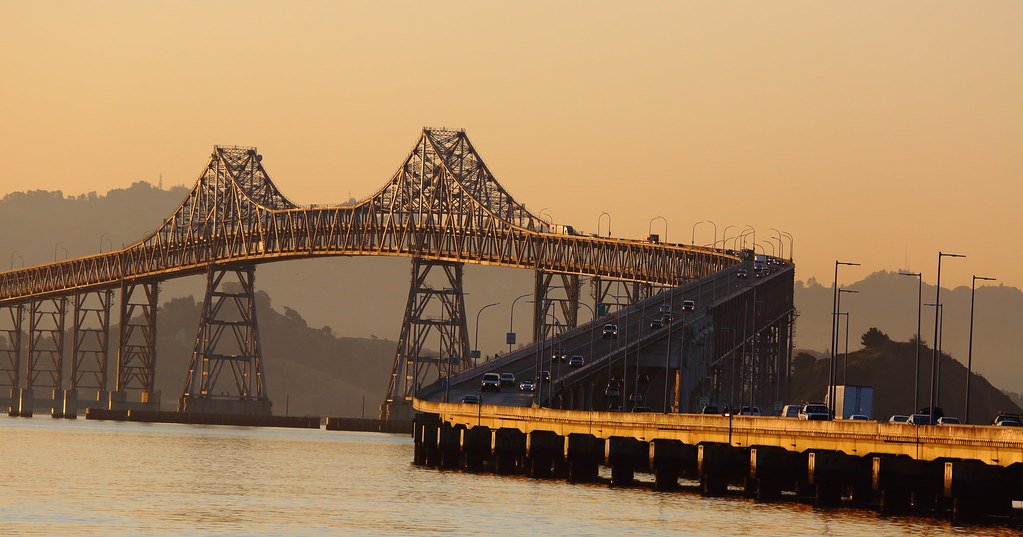I came across an interesting naming string as I researched Noble Layers. It didn’t quite fit the definition of that earlier article. Even so I found it fascinating in its own right, and it deserved recognition.
Richemont, Seine-Maritime

It began, maybe, in a remote corner of Normandy a millennium ago. There stood the village of Richemont (map), now a commune in the present-day Seine-Maritime department of France. Richemont in the old Norman language translated to something like Strong Hill. It never grew into much. Fewer than 500 people ever lived there even in the modern era.
Richmond, North Yorkshire

Sources diverged on whether the Norman Richemont inspired the name of Richmond in North Yorkshire, England (map). Maybe it did, or maybe North Yorkshire’s Richmond truly served as the “Mother of All Richmonds.” A long line of Earls and other nobles of Richmond hailed from Yorkshire’s Richmond starting in 1071. William the Conqueror bestowed the initial title of 1st Lord of Richmond upon Alan Rufus (Alan the Red) of Brittany who lived in Richmond after the Norman conquest of England.
Richmond Palace, London

Earls of Richmond existed through several iterations, held by more than twenty men over the next four centuries. Henry Tudor claimed the title indisputably in 1485. Then he went on to win the Battle of Bosworth Field to effectively end the War of the Roses, becoming King Henry VII of England.
Henry VII moved to the royal palace of Sheen outside of London. It burned down in 1498 so he replaced Sheen with a new palace on the same spot. He called it Richmond Palace (map) after his Earldom. Very little of Richmond Palace survived besides its original Gate House. The rest was demolished soon after Charles I died in 1649.
Richmond, London
A town formed around Richmond Palace and remained there after the demolition of the castle. It carried the same name, Richmond.
Richmond, Virginia

Across the Atlantic Ocean, adventurers streamed into the Virginia Colony. They focused their settlements along the James River. They brought familiar place names with them too.
“As early as 1608, the English settlers eyed a community near the seven-mile-long series of rapids that divided the head of navigation at the river’s downstream end and the calm stretch of water upriver from it. The area provided a series of strategic advantages: as a port, as a location for mills, and as a transitional territory between the Tidewater-based Powhatan Indians and the Monacan Indians of the Piedmont.”
It took more than a century for a town of significance to form along the James River’s fall line. A prominent colonial plantation owner, William Byrd II, provided the necessary land in 1737. He named it Richmond (map). The view of the James River supposedly reminded him of the view of the Thames from the Richmond near London.
Richmond, California

Richmond, Virginia existed before most of the places in the newly-formed United States. It also served as the capital city of the Confederate States. Its longevity and significance inspired people to name newer communities in its honor. Thus, various Richmonds sprouted successfully in Kentucky, Missouri, Oregon, California and many other states. The one in California arose soon after California gained statehood.
“[Edmund] Randolph, originally from Richmond, Virginia, represented the city of San Francisco when California’s first legislature met in San Jose in December 1849, and he became state assemblyman from San Francisco. His loyalty to the town of his birth caused him to persuade a federal surveying party mapping the San Francisco Bay to place the names ‘Point Richmond’ and ‘Richmond’ on an 1854 geodetic coast map.”
Several Neighborhoods
California’s Richmond later included several neighborhoods incorporating the Richmond name. These included Central Richmond, East Richmond, Richmond Annex, Richmond Heights, and Southwest Richmond Annex. I wondered if people living in any of those places realized the unlikely string that connected their communities back in time a thousand years.
Other Possibilities
Several other Richmond strings existed to lesser degrees. I also found Richemont, Seine-Maritime, France –> Richmond, North Yorkshire –> Duke of Richmond –> Richmond Co., New York (Staten Island) –> Richmond, Alabama. In addition there was Richemont, Seine-Maritime, France –> Richmond, North Yorkshire –> Duke of Richmond –> Fort Richmond –> Richmond, Maine.
So many Richmonds existed that the possibilities seemed endless.

Leave a Reply